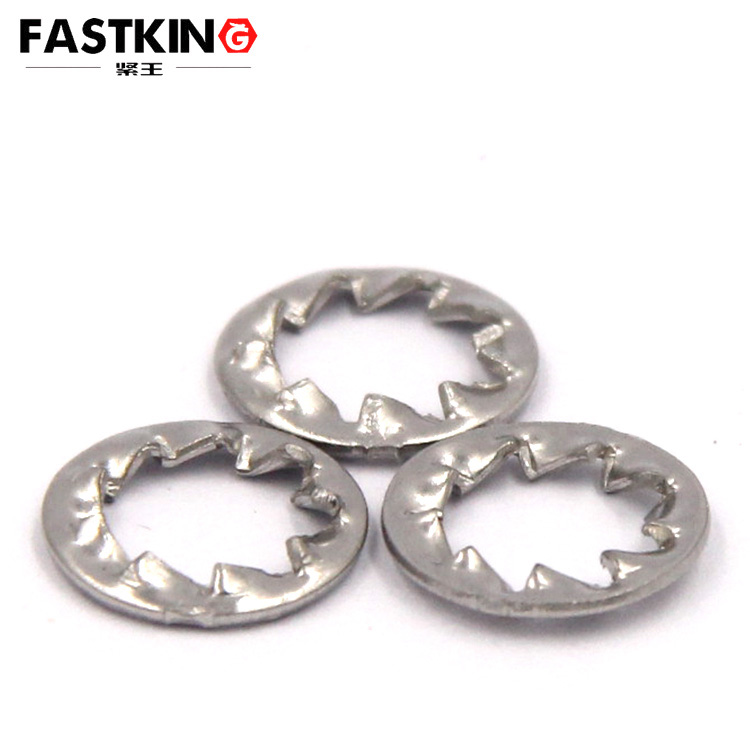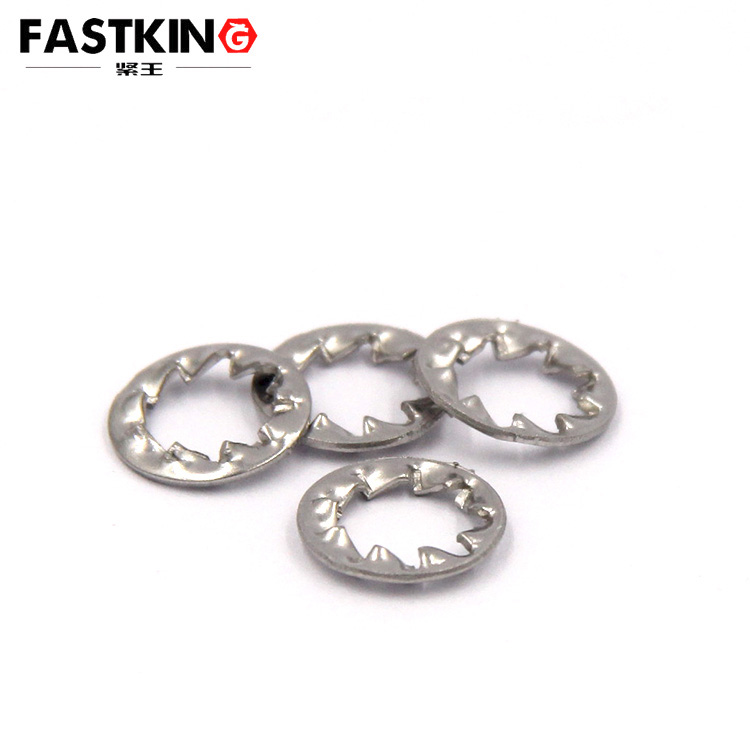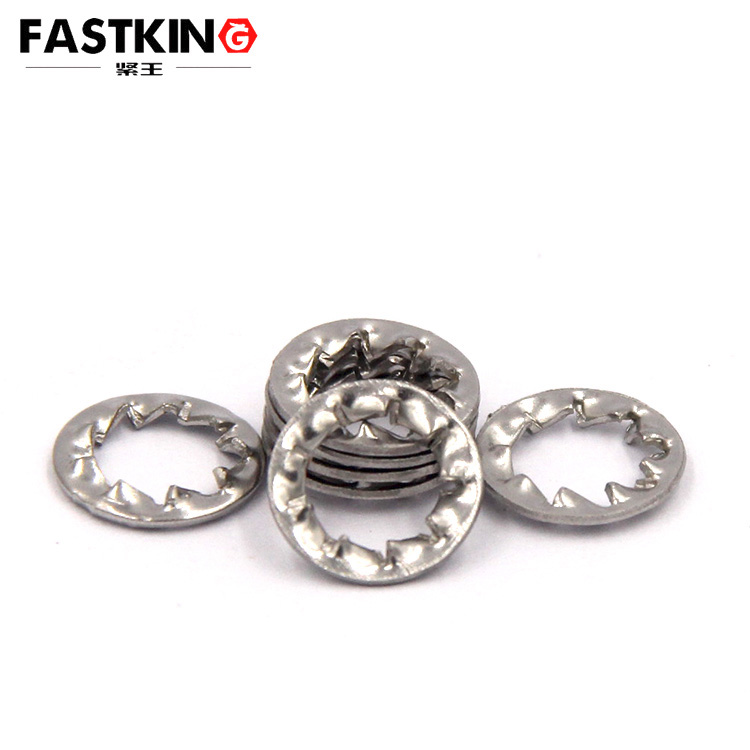The Use of Internal Tooth Lock Washers: Applications and Methods
Structure of Internal Tooth Lock Washers

Internal tooth lock washers are usually made from high-strength steel or stainless steel and consist of the following main parts:
1. Internal Serrations: The inner side of the washer has a serrated design that can grip the bolt or nut, increasing friction and preventing loosening.
2. Smooth Outer Ring: The outer side of the washer is flat, facilitating easy installation and removal.
Methods of Using Internal Tooth Lock Washers
1. Selecting the Right Washer
Before using an internal tooth lock washer, it is essential to choose one that matches the size of the bolt or nut. Common sizes include M3, M4, M5, M6, M8, M10, etc.
2. Installing the Washer
Place the internal tooth lock washer beneath the bolt or nut, ensuring that the serrated side faces the contact surface of the bolt or nut.

3. Tightening the Bolt or Nut
- Use the appropriate tool (such as a wrench or torque wrench) to tighten the bolt or nut, applying sufficient force until the desired level of tightness is achieved.
- The internal serrations of the lock washer will grip the bolt or nut, increasing friction and preventing loosening.
4. Checking the Tightening Effect
After tightening, check the fastening effect of the bolt or nut to ensure that the serrations of the lock washer have effectively engaged without any signs of loosening or slipping.
Applications of Internal Tooth Lock Washers
1. Mechanical Manufacturing
In the process of mechanical manufacturing, internal tooth lock washers are commonly used to secure components in high-vibration and impact environments, such as engines, transmissions, and drive systems. Their serrated design effectively prevents bolts or nuts from loosening, ensuring stable operation of the equipment.
2. Automotive Industry

In automotive manufacturing and maintenance, internal tooth lock washers are used to secure engine components, chassis parts, and interior fixtures. Their high friction and anti-loosening properties make them capable of withstanding the high vibrations and impacts encountered during vehicle operation.
3. Electronics Assembly
In electronics assembly, internal tooth lock washers are used to secure circuit boards, casings, and internal components. Their compact size and efficient anti-loosening performance make them suitable for handling delicate electronic components.
4. Construction Industry
In the construction industry, internal tooth lock washers are used to secure steel structures, bridges, and machinery. Their high strength and anti-loosening capabilities enable them to withstand the high loads and vibrations typical of construction environments.
5. Home Appliance Manufacturing
In home appliance manufacturing, internal tooth lock washers are used to secure the casings and internal structures of washing machines, refrigerators, and air conditioners. Their efficient anti-loosening performance allows them to withstand the vibrations and impacts encountered during appliance operation.
Precautions for Use
1. Select the Right Washer Size: Use a washer that matches the size of the bolt or nut to avoid slipping and damage.
2. Avoid Over-Tightening: When tightening the bolt or nut, avoid excessive force to prevent damage to the washer or bolt.
3. Regular Inspection: Regularly check the fastening effect of the washer, and promptly replace any loose or damaged washers to ensure the safety and stability of the structure.
4. Storage Environment: Store the washers in a dry environment free of corrosive gases to prevent rust and damage.

Conclusion
The internal tooth lock washer is an efficient and reliable fastener widely used in mechanical manufacturing, the automotive industry, electronics assembly, the construction industry, and home appliance manufacturing. By using and maintaining it correctly, the internal tooth lock washer can significantly enhance the stability and safety of equipment. It is hoped that this article will help readers better understand and utilize internal tooth lock washers.
